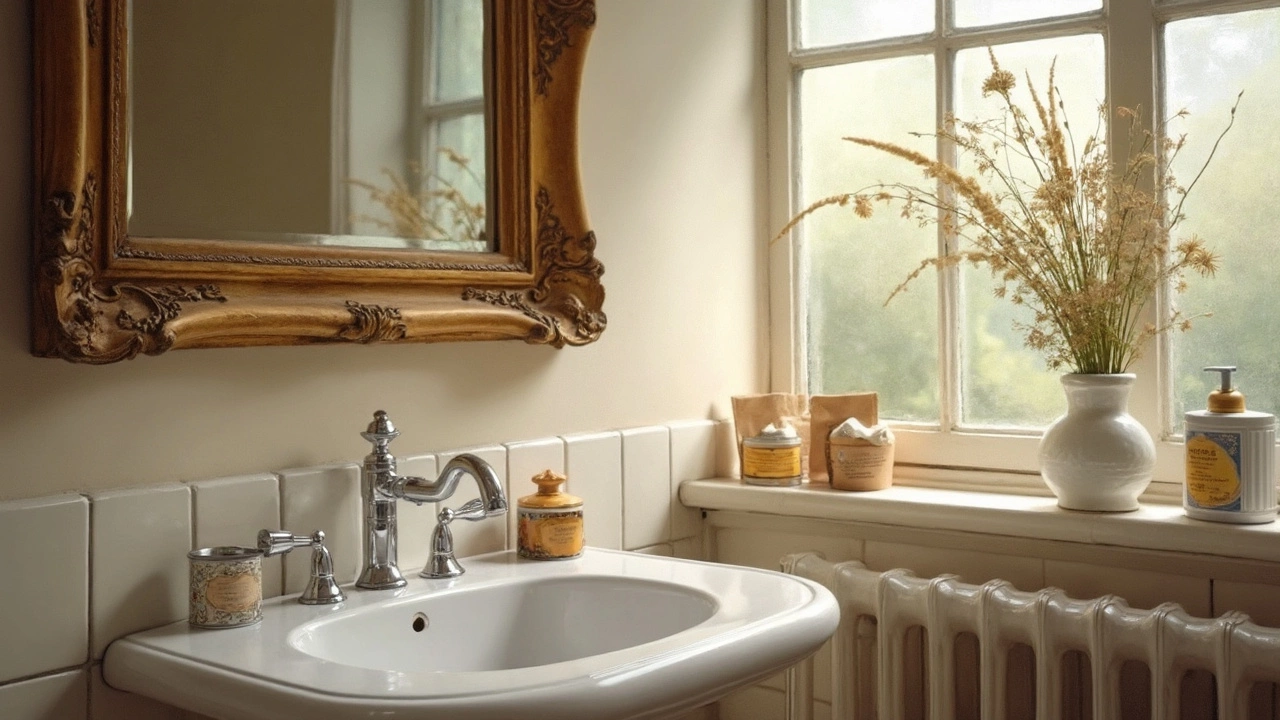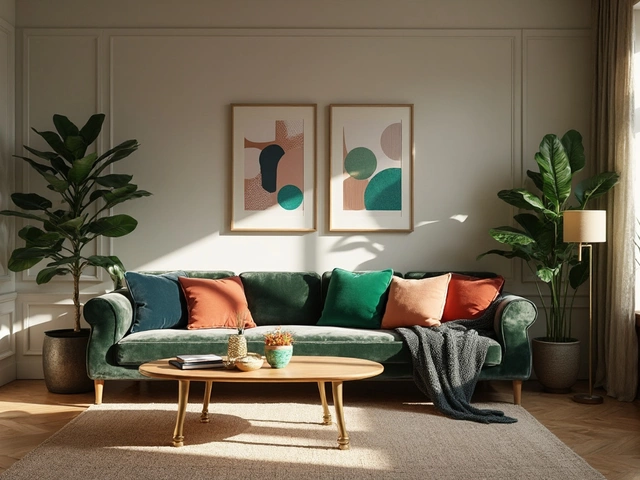Plane Mirror Guide: What to Look for and How to Use One
Thinking about adding a plane mirror to a room? You’re not alone. A flat mirror can make a space feel larger, add light, and give a quick style boost. Below you’ll find the basics – size, frame, placement – plus a few hacks that keep the mirror looking fresh.
Pick the Right Size and Shape
First, measure the wall. A large mirror that covers most of a wall works well in a living room or hallway. If you have a small bathroom, a medium‑sized rectangle or round mirror keeps things balanced. Don’t forget to leave a few inches of wall space around the edges; it frames the mirror nicely and avoids a cramped look.
Shape matters too. A square or rectangle fits best over a vanity, while a round mirror softens sharp angles in a modern room. Choose a shape that echoes other items in the space – like a round coffee table or square cushions – for a cohesive feel.
Choose a Frame That Matches Your Décor
Frames come in wood, metal, lacquer, or no frame at all. If your home leans rustic, a reclaimed wood frame adds warmth. For a sleek city vibe, a thin black metal frame keeps things minimal. Even a frameless mirror works in a clean‑line setting and is easy to clean.
Don’t overthink it – pick a frame you like and that fits the room’s colour palette. A bright frame can become a focal point, while a neutral one lets the mirror do the talking.
Where to Hang It for the Best Effect
Height is key. In a living room, mount the mirror so the centre sits about eye level for most people – roughly 57‑60 inches from the floor. In a hallway, you can go higher; the mirror will still reflect light and make the corridor feel wider.
If you want to boost natural light, place the mirror opposite a window. The reflection will bounce sunlight around the room, making it feel brighter without extra bulbs.
Cleaning and Care Made Simple
Dust the surface with a soft microfiber cloth weekly. For stubborn spots, spray a mix of equal parts water and white vinegar, then wipe clean. Avoid abrasive cleaners – they can damage the backing.
Check the mounting hardware every few months, especially if the mirror is large. Tighten any loose screws and make sure the wall anchors are still solid.
Style Tricks to Get More from Your Mirror
Group several smaller mirrors in a grid for a gallery look. This adds visual interest and can fill a large wall without a single massive piece.
Use a mirror as a backdrop for a floating shelf. The reflection makes the shelf appear to hover, giving a light, airy feel.
Finally, think about lighting. A wall sconce placed beside the mirror adds flattering illumination for dressing or makeup, and it highlights the mirror’s surface.
With these tips, you can pick a plane mirror that fits your style, makes rooms feel larger, and stays sparkling for years. Happy decorating!

3 Types of Mirrors Explained: Plane, Concave & Convex for Home Spaces
Uncover the secrets behind the three main types of mirrors: plane, concave, and convex. Learn how each works, where you use them, and cool facts that might surprise you.

Three Types of Mirrors: Plane, Concave, and Convex Explained
There’s more to mirrors than just showing your reflection. This article breaks down the three main types of mirrors—plane, concave, and convex—and explains how each works, where you’ll find them in daily life, and why their shapes matter. You’ll find out how to pick the right mirror for your home or project, plus learn some surprising facts about their uses. Whether you’re updating your bathroom or curious about how car side mirrors keep you safe, this is a must-read.
Categories
- Storage (27)
- Bathroom (18)
- Sofas (15)
- Curtains (15)
- Home Decor (12)
- Bedding (11)
- Kitchenware (11)
- Cushions (11)
- Mirrors (10)
- Rugs (9)



